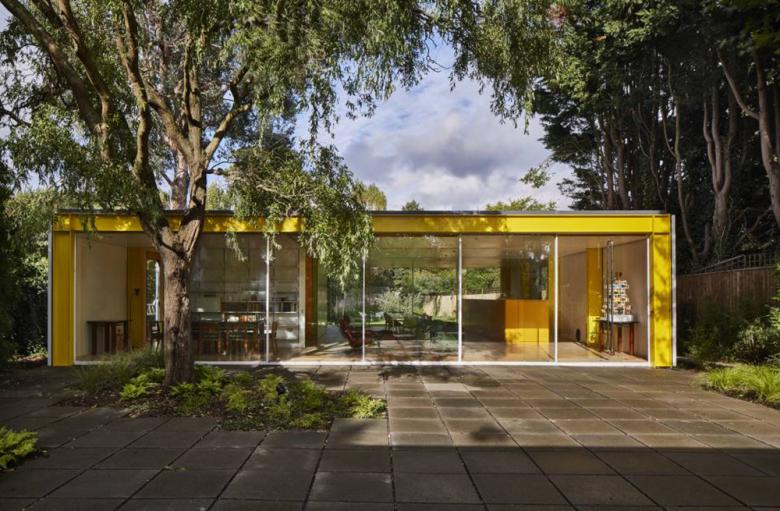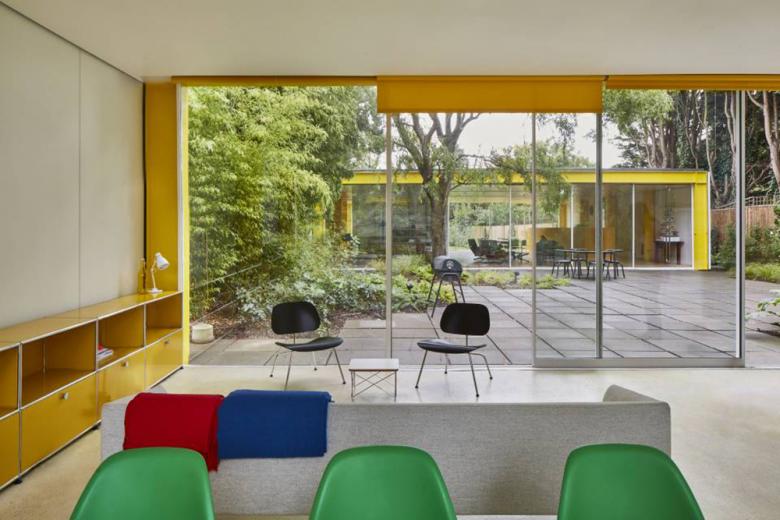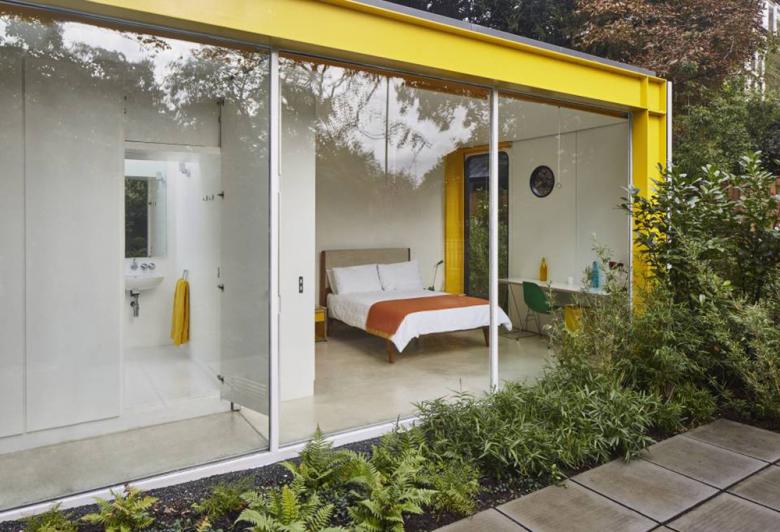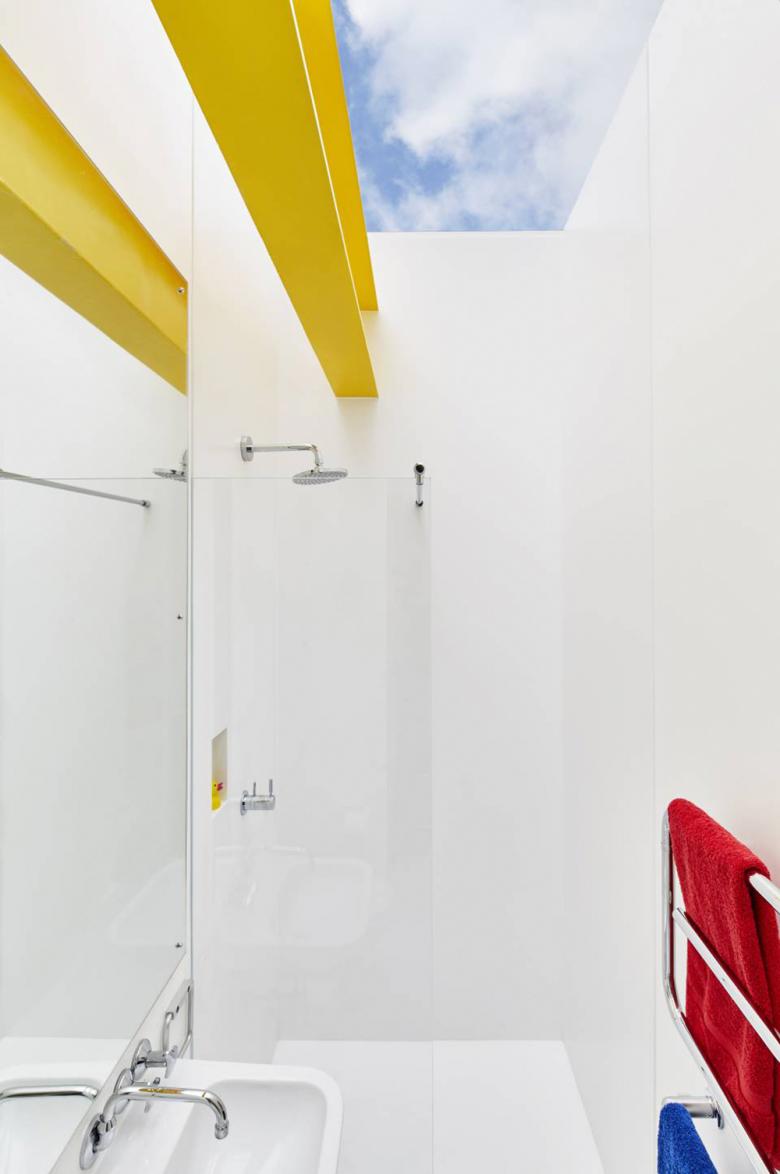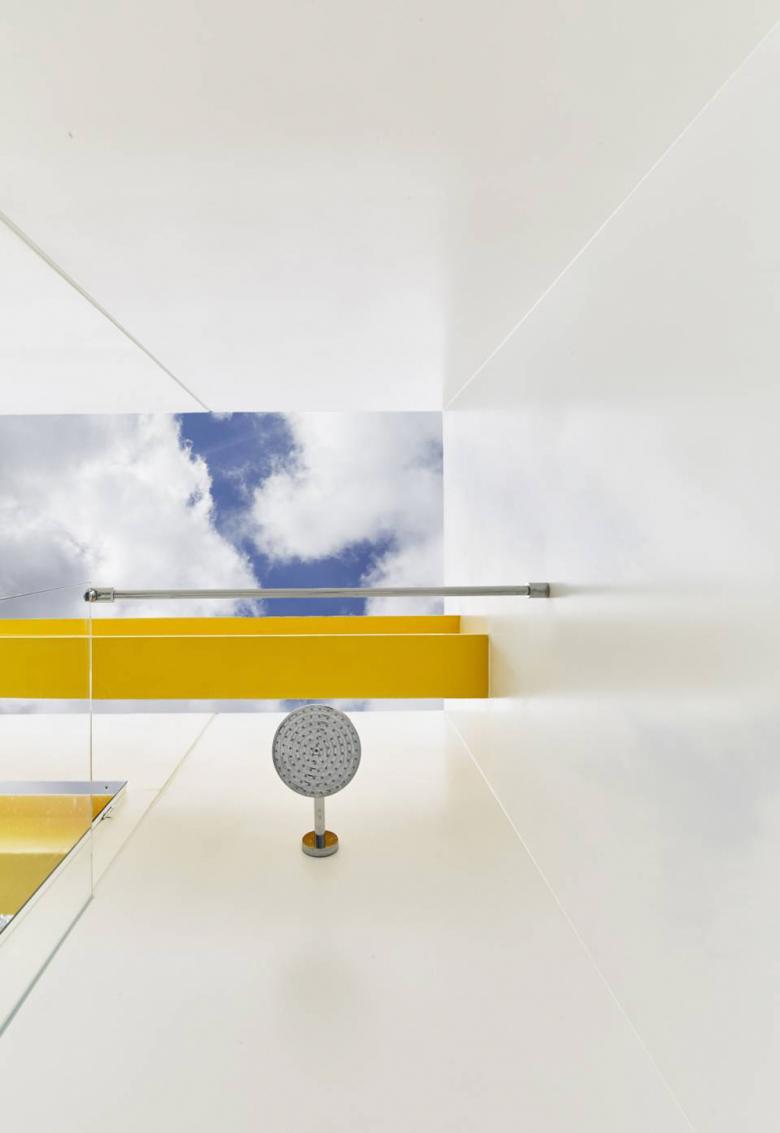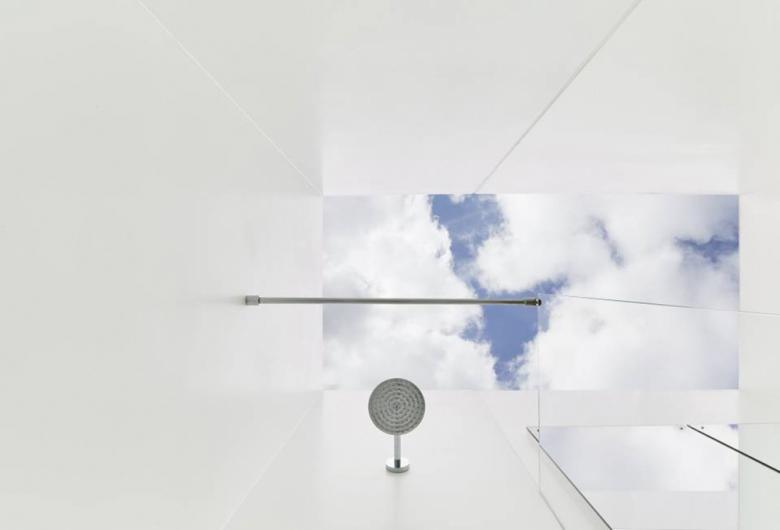A Seamless Update
John Hill
19. 三月 2018
Photo: Petr Krejčí (All photographs courtesy of LG Hausys/HI-MACS)
As part of the renovation of 22 Parkside, the 50-year-old "flexible machine for living" that Richard Rogers designed for his parents and is now used by Harvard University as a fellowship residence and event space, renovation architect Philip Gumuchdjian lined its two wet rooms with HI-MACS® solid surfaces.
Project: Wimbledon House
Location: 22 Parkside, London
Renovation Architect: Gumuchdjian Architects
Landscape Architect: Todd Longstaffe-Gowan
Construction: Piperhill Construction
Material Wet Rooms: HI-MACS® Alpine White
HI-MACS® supplier: Solidity
Photo: Petr Krejčí
"Never design a house for your parents." This advice was once spoken by Steven Izenour, a colleague of Robert Venturi, whose 1964 house for his mother is a 20th-century masterpiece and Postmodernist icon. Izenour designed a house for his parents, hence his words of wisdom, as did many other architects, including British architect Richard Rogers. He did so in 1968, a few years before winning the competition, with Renzo Piano, for the Centre Pompidou in Paris. The two projects, though dissimilar in function and scale, were experimental in terms of materials and construction. And both hi-tech buildings have required major renovations before their 50th birthdays. In 2015, Gumuchdjian Architects was commissioned by Harvard Graduate School of Design to renovate the house Rogers gifted to school, with work completed last year.
Photo: Petr Krejčí
The house at 22 Parkside is located opposite Wimbledon Common in Southwest London and is made up of two single-story volumes — a larger square and a smaller rectangle — facing each other across an internal courtyard. According to Gumuchdjian Architects, the renovation consisted of "the replacement of three quarters of its envelope (the entire roof and all of its asbestos-filled external walls), the demolition of recently-added buildings, the removal of new internal partitions, the replacement of its servicing system, the refurbishment of all joinery and furniture and the re-design of its entire garden context from the street front to the rear of the property." The garden is particularly important, since the majority of the living spaces look upon it through glazed exterior walls. The wet rooms, on the other hand, sit in the middle of the volumes behind solid walls and are therefore illuminated by skylights.
Photo: Petr Krejčí
The renovation architects developed, in their words, "an approach that focused on protecting the 'character' and special architectural interest of the building rather than its fabric," which was made up of carcinogenic materials and other elements that made it difficult to do a "like-for-like replacement of historic fabric." Originally, interior walls were "composite panels of plastic-coated aluminium inner skins with foam plastic core and neoprene jointing system." Opting for seamless surfaces in the wet rooms, HI-MACS® — a solid surface material that can be thermoformed into any shape — was installed, lining the shower room walls and floors. The material – easy to clean and resistant to stains, moisture and sunlight — is a fitting one for 22 Parkside, extending its machine aesthetic to the deepest parts of the residence.
